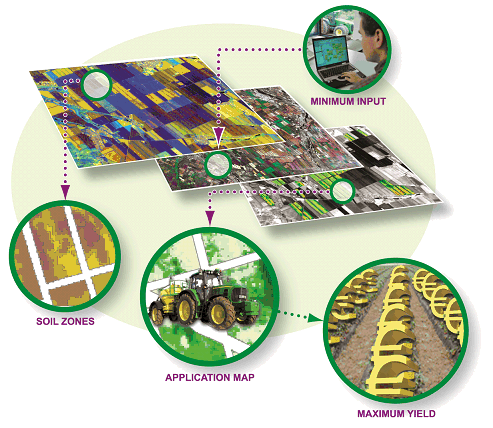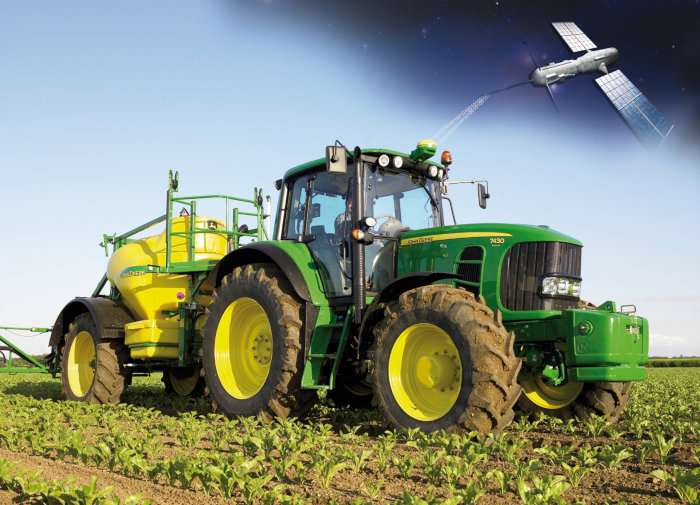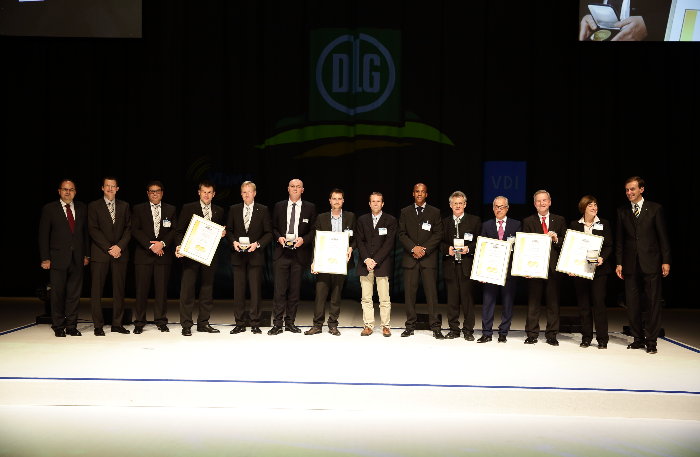
One of the most significant developments in agriculture in recent years has been the rise of smart farming. It encompasses observing, measuring and responding to field and crop variability with the goal of optimizing returns on inputs while preserving resources. Combining space-based systems and terrestrial resources for smart farming has great potential for such aspects as yield optimisation, irrigation management, and regulatory compliance.
Over the years, ESA's Integrated Applications Promotion (IAP) programme has supported a wide variety of food and agriculture related activities that exploit space assets in one form or another, contributing to the development of smart farming techniques.
One of the most successful of these activities has been TalkingFields, which originated as an IAP feasibility study and was followed up by an IAP demonstration project completed in 2014. Vista GmbH was the prime contractor for those two projects, and the Munich-based company has gone on to develop a successful business supplying precision agriculture services to farmers. The 20 year-old company specialises in remote sensing, combining optical and radar satellite imagery together with geospatial information and simulation models to provide services on a local scale that are globally available.

“We don't develop 1:1 relationships with farmers,” explains Heike Bach, CEO of the company, “but rather we participate in dedicated portals developed by key partners such as John Deere, where farming data, seeds, fertilizers and tractors are offered as an integrated system. Agriculture is becoming a data-driven business, and we're perfectly placed to capitalise on this trend.”
Vista as well as their TalkingFields partner FarmFacts have contributed to an easy-to-use fertilizer system called Connected Nutrient Management, that enables precise, site-specific application of organic or mineral fertilizers. The runoff from overuse of nitrogen and phosphate has serious environmental repercussions, causing ground water pollution and vast seasonal algae blooms in the oceans. “With Connected Nutrient Management, we're targeting zero runoff,” says Bach. “Improving the environmental impact of farming in this way is a real benefit to society.”

At the biannual international Agritechnica trade fair held in Hannover in November 2015, Vista was awarded a gold medal for innovation. “This is the first time a smart farming solution relying on Earth Observation data has been given this industry award, and we are tremendously proud of this achievement,” says Bach. The company acknowledges the key role ESA played in helping the company develop a viable business using satellite imagery. “TalkingFields has been a huge part of how we could build the expertise and partnerships to make this happen,” Bach says.
Vista is currently one of the fifty Expert Users who are evaluating data from the Sentinel-2A Earth Observation satellite, which was launched in June 2015 and is in the process of being commissioned as part of the EU's Copernicus programme. The company is highly enthusiastic about the results so far. “Spatially, temporally, spectrally – the data is excellent”, says Bach. “Eventually the Copernicus EO data should enable us to offer very affordable services, and this is essential for the farming industry.”



